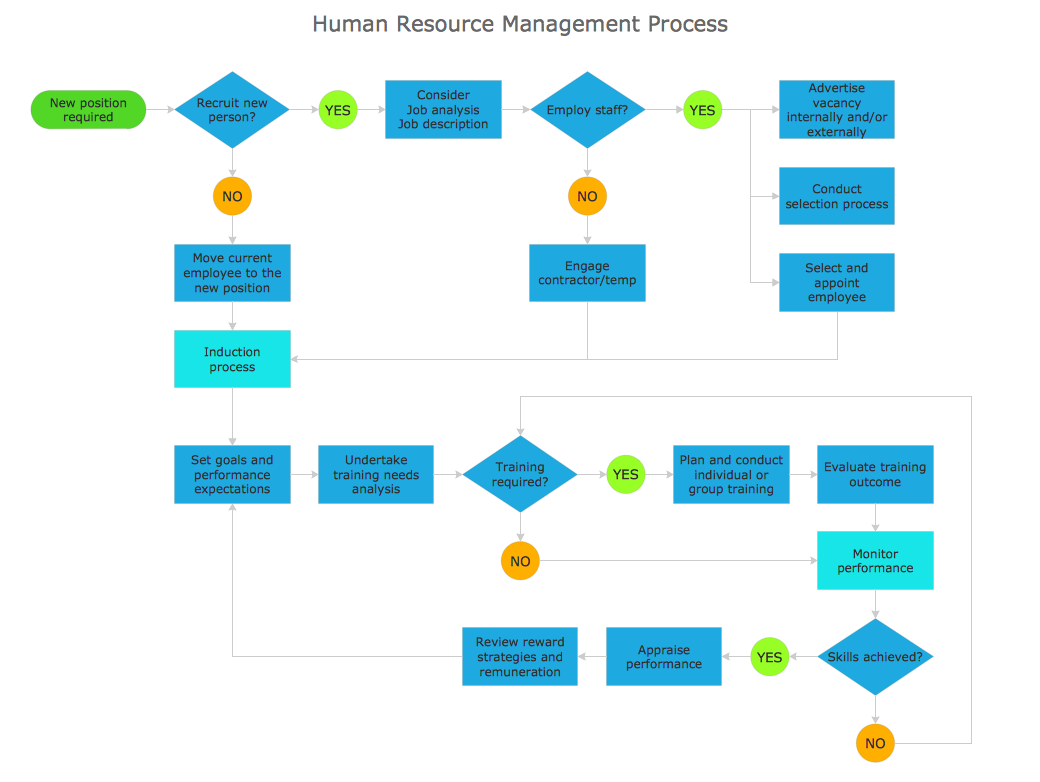 Nature
Nature
This solution extends ConceptDraw PRO software with samples, templates and libraries of vector clipart for drawing the Nature illustrations. Use it to make professional-looking documents, presentations and websites illustrated with color scalable vector c
Types of Flowchart - Overview
When designing a process or an instruction in clear and understandable way, you should consider creating a flowchart. You can avoid spending a lot of time understanding complex concepts as they get clear with different diagrams. The flowcharts are very popular diagram type, they are useful at different fields from the description business processes to the presentation of cooking recipes. Basic Flowchart, Business Process Modeling Diagram, Process Flowchart, Cross Functional Flowchart, Procedure Flowchart, Data Flow Diagram, IDEF Flowchart, SDL Diagram, Workflow Diagram, Document Flowchart, Program Flowchart, Value Stream Map, System Flowchart, Highlight Flowchart, Sales Flowchart are the main types flowchart. The ConceptDraw PRO is one of the professional applications which has great advantages and using which you can create different types of Flowcharts easy and fast. Try to draw an illustrative and comprehensible diagram in ConceptDraw PRO describing the processes instead of writing complex long text and make sure how it is convenient. Visio is expensive, and if you use it in a team environment, these costs are compounded. ConceptDraw PRO is an affordable alternative to Visio and luckily, it comes with a team plan. ConceptDraw PRO can import and export Visio files, so Mac users can collaborate with PC users stuck on Microsoft's software.
- Cycle Diagram Software
- Water cycle diagram | Drawing Illustration | Drawing a Nature ...
- Water cycle diagram | Drawing a Nature Scene | Nature | Flow ...
- Water Cycle Drawing Picture
- Water Cycle | Drawing a Nature Scene | Beauty in nature ...
- Water cycle diagram | Drawing a Nature Scene | Beauty in nature ...
- Water cycle diagram | Strategic planning - Cycle diagram | Circular ...
- Water cycle diagram | Drawing a Nature Scene | H20 Cycle Diagram
- Water cycle diagram | Active indirect water heater diagram | Piping ...
- Drawing Illustration | Drawing a Nature Scene | Nature | Drawing ...
- Drawing Illustration | Drawing a Nature Scene | Nature | Cycles Of ...
- Drawing Illustration | Drawing a Nature Scene | Water cycle ...
- Flowchart Of Water Cycle
- Drawing a Nature Scene | Nature | Citric acid cycle (TCA cycle ...
- Flowsheet Diagram Of Water Cycle For Kids
- How To Make Flow Chart Of Water Cycle
- Draw A Sketch Of Hydrological Cycle Only Graphic
- Beauty in nature Illustrations and Clipart | Nature | Drawing ...
- Water cycle diagram
- Workflow diagram - Weather forecast | Water cycle diagram ...
